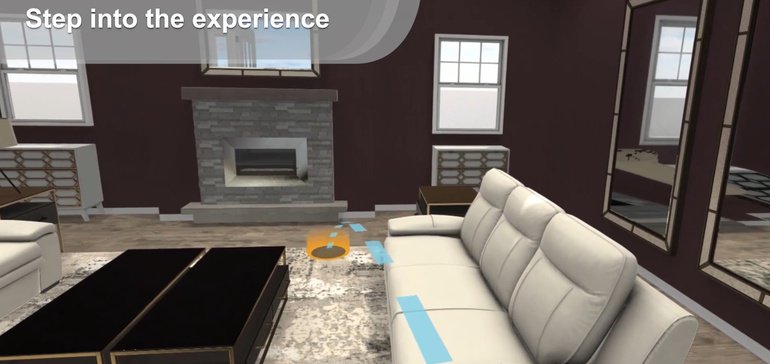Source: Retail Dive, January 2019
Dive Brief:
- Revenue related to virtual reality technology initiatives is expected to jump by 3,000% over the next four years, and could generate as much as $1.8 billion for retail and marketing companies in 2022, according to a new report from PYMNTS.com called “Virtual Reality in Retail: 2019 and Beyond.”
- The report suggests that use of VR and similar technologies by retailers could help consumers to do more research before they buy items, whether by trying out products through VR experiences before they visit stores, or by using in-store technologies to help them gauge fit of apparel or different makeup looks.
- While augmented reality features in mobile apps have become more common, VR features may not become prominent so quickly in mobile form. Smartphone-based VR features, however, could help supplement in-store VR services and shopping experiences, the report said.
Dive Insight:
The report calls out Macy’s as one retailer that has embraced virtual reality technology and similar innovations to reinvent store experiences. Macy’s has used smart mirrors in dozens of stores, and also late last year announced a major expansion of its use of VR in store for furniture shopping. That use case allowed shoppers to employ VR to see furniture items in different virtual room settings.
For Macy’s, using VR isn’t just about enhancing the store experience, but also part of how it is using various technologies in an attempt to change perceptions about the Macy’s name and department stores in general.
This report, like others in recent years, noted that retail shopping use cases and applications for retailers are still in their infancy, and perhaps years from a real growth spurt. Although the projected 3,000% growth is impressive, it needs to be placed in a context of little to no growth.
It’s starting to become clear, however, that users are understanding how the technology can help them for shopping, and that could benefit retailers in many different ways, including a greater likelihood of conversions, less likelihood of returns and potential lower fulfillment costs, according to another recent study referenced in the PYMNTS.com report.
As more retailers adopt VR for different uses, it will be interesting to see how that affects the use of mobile smartphones during in-store shopping. Right now, mobile devices are frequently and widely used for research during the shopping process, but that might lessen if more personalized research and planning could be accomplished via VR before shoppers ever leave their homes, the report noted. However, that’s not likely for a very long time, the report also said.

